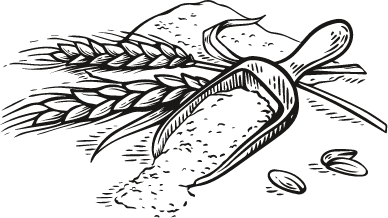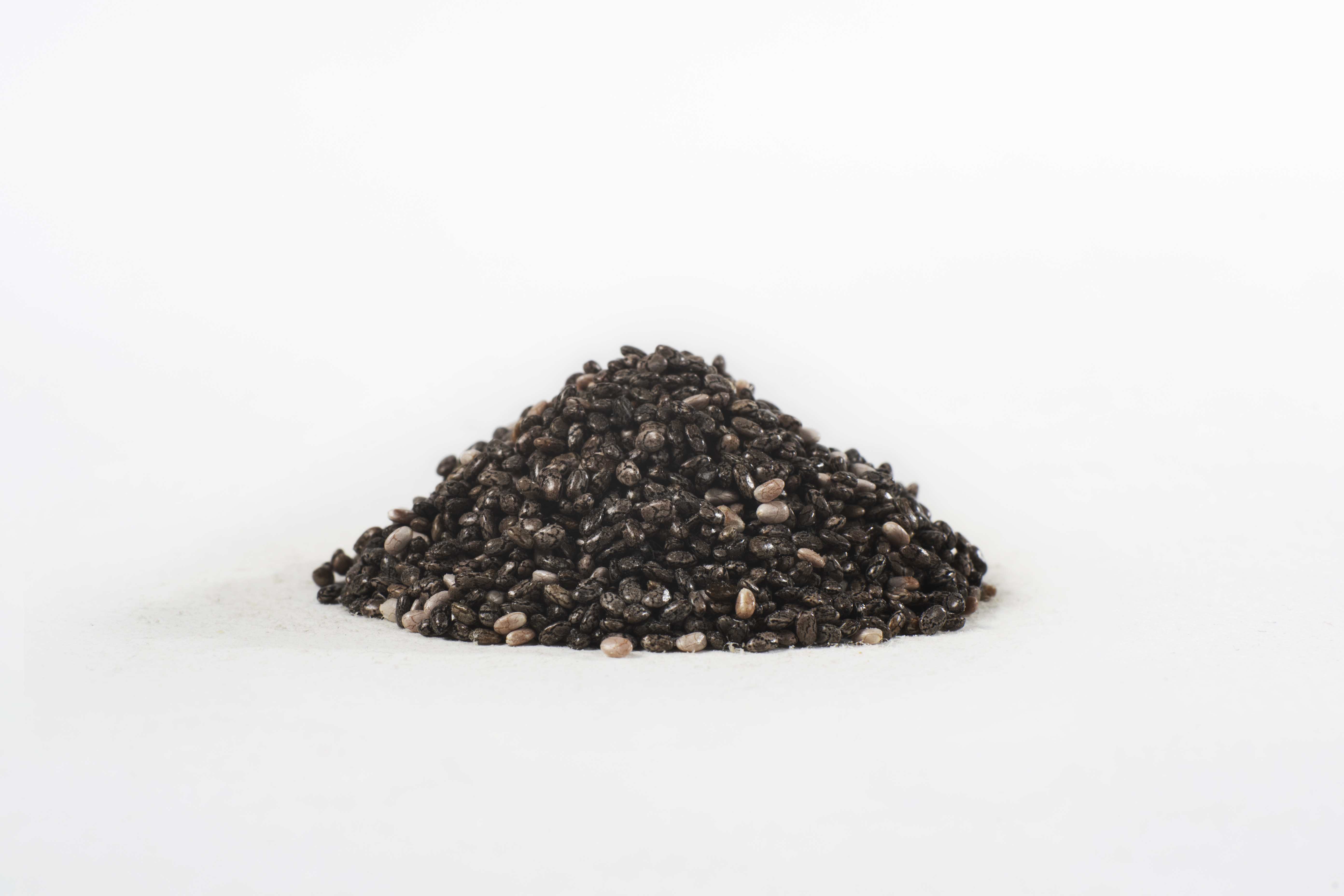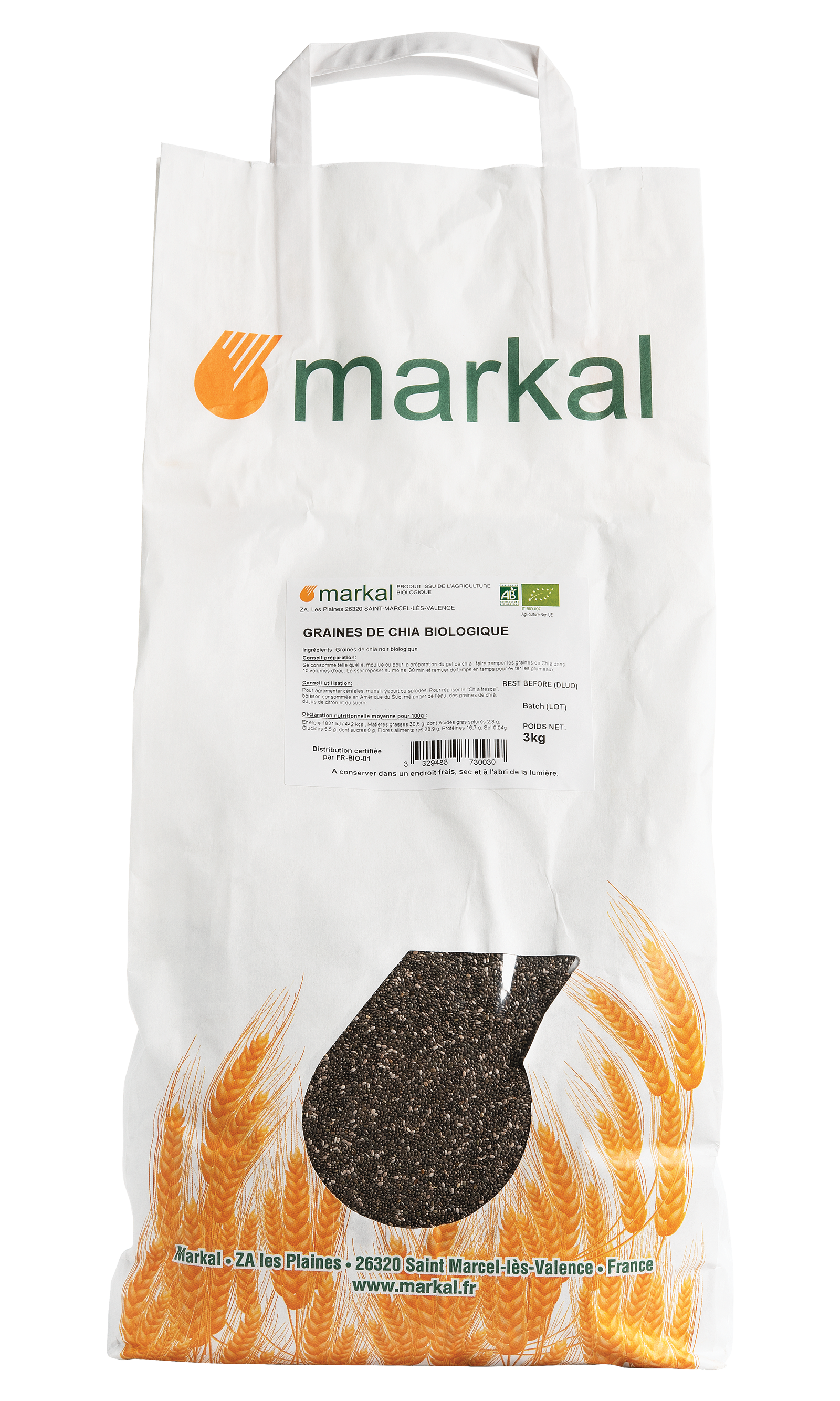Chia
History
The first cultivation of chia would have taken place in the Mexico Valley between 2,600 and 2,000 years ago. It is believed to have been cultivated in the region of the Teotihuacan site (beginning of the first millennium) and the Toltec culture (end of the first millennium). It is in this region that the Aztec civilization developed from the 15th century onwards. Further south, in the state of Chiapas, the ancient Mayans also cultivated sage. The Aztecs considered this seed to be very energetic and gave it to hunters and soldiers during military training.
Portrait
Chia seeds are very small beige or black seeds resembling sesame seeds. They are derived from two herbaceous plants native to Mexico, Salvia miltiorrhiza and Salvia columbariae. The color of the seeds has no influence on their nutritional value. The brown ones simply have a somewhat more pronounced nutty taste. Their texture is reminiscent of poppy seeds.
Derivatives
Chia seeds are excellent accompaniments in salads, dairy products, breakfast cereals and smoothies. The milling is to be consumed quickly because the omega-3s that compose them are very sensitive to oxidation. A consumption of 20 to 25 g per day is a good average.
Origin
The seed of chia (Salvia hispanica L.) is a plant native to Mexico of the Lamiaceae family. The chia was cultivated by the Aztecs, they recognized many benefits on their health: endurance and intellectual vigor.
Usage
Chia seeds can be consumed as they are, ground up, or made into a gel. To make the gel, soak the chia seeds in 10 times their volume of water. Leave for at least 30 minutes, stirring from time to time to avoid clumps. Great for sprinkling on cereals, muesli, yoghurt or salads. To make “Chia fresca”, a South American drink, mix the chia seeds with water, lemon juice and sugar. Do not consume more than 15g / day. Keep in a cool, dry and dark place.

















